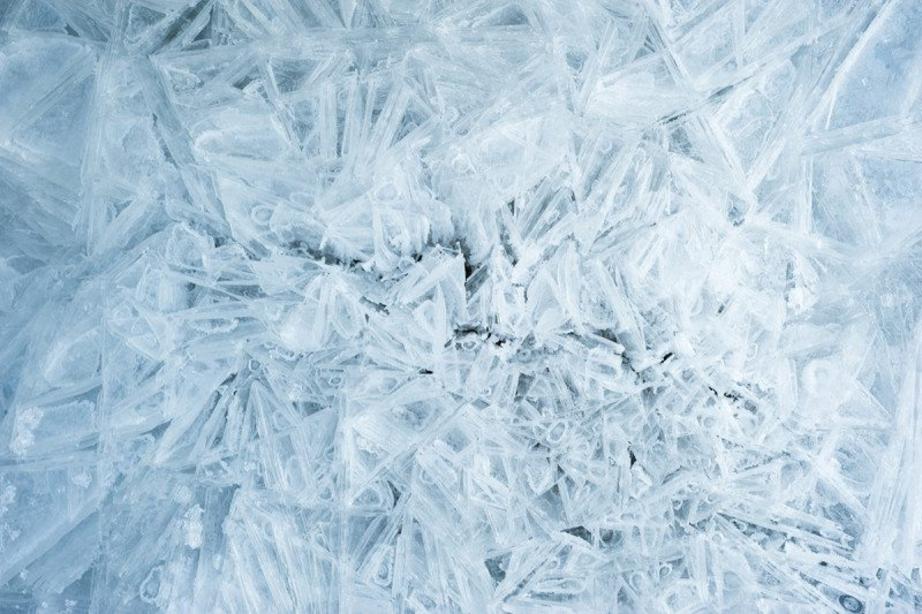Gel-like ice is the lightest form of water ever discovered
The frosty cubes we pull from our freezers are just one of 17 possible types of ice, and an 18th type isn’t far from being made real. A team of researchers has now discovered a type of porous, lightweight “aeroice” – the aerogel of ice, if you will – that can tell us more about how water works under extreme conditions.
In “normal ice”, water cools at ambient pressure and its molecules freeze into a solid crystal form arranged in hexagon shapes.
But not every kind of ice takes on this hexagonal structure. Pressure and temperature both affect the millions of configurations water can take on the molecular level. Hexagonal ice, and the occasional cubic ice in our upper atmosphere, are the only two forms that occur naturally on Earth. Other ices might be found on exoplanets or in the atmospheres of the outer planets.
Under atmospheric pressure or higher, water molecules get squeezed and freeze into a solid denser than normal ice.
But when the pressure drops below this, water molecules become a less-dense, lightweight crystal that’s more air than molecule – like an icy candy floss.
So far, we only know of two kinds of low-density ice: space fullerenes, which are 80 per cent of the density of normal ice; and zeolitic ices, which mimic the structure of mineral-based zeolites, but are built of blocks of water molecules like Lego towers, and are between 50 and 90 per cent the density of normal ice. But lighter ice structures hadn’t been spotted until now.
Molecular pillars
“We just found there are two low-density ices very recently, but we did not know about the breadth of the world at all. We need a map of this New World in order to explore it experimentally,” says Masakazu Matsumoto at Okayama University in Japan.
He and his team played molecular Jenga to find this new type of ice, removing and reconfiguring existing zeolitic ice structures to make them lighter. They simulated more than 300 different nanoscale structures and evaluated how stable the structures were under low pressure. The aeroices were stable near 0 kelvin, and became more unstable as the temperature increased.
They found that the least dense aeroice could be modelled with a node and stick configuration of water molecules that act like pillars separating ground and ceiling in a large, airy palace.
Matsumoto thinks there are more ices like this to be found through computer simulations, but he says it would be tough to create ultralow-density ices in the real world because of the required low-pressure, low-temperature conditions.
Christoph Salzmann at University College London says this work will help us understand how water molecules behave. “It gives us something to chase after. Now that these guys have predicted all these amazing structures, the next step for us would be to actually go and make them,” he says.
Journal reference: The Journal of Chemical Physics, DOI: 10.1063/1.4994757

